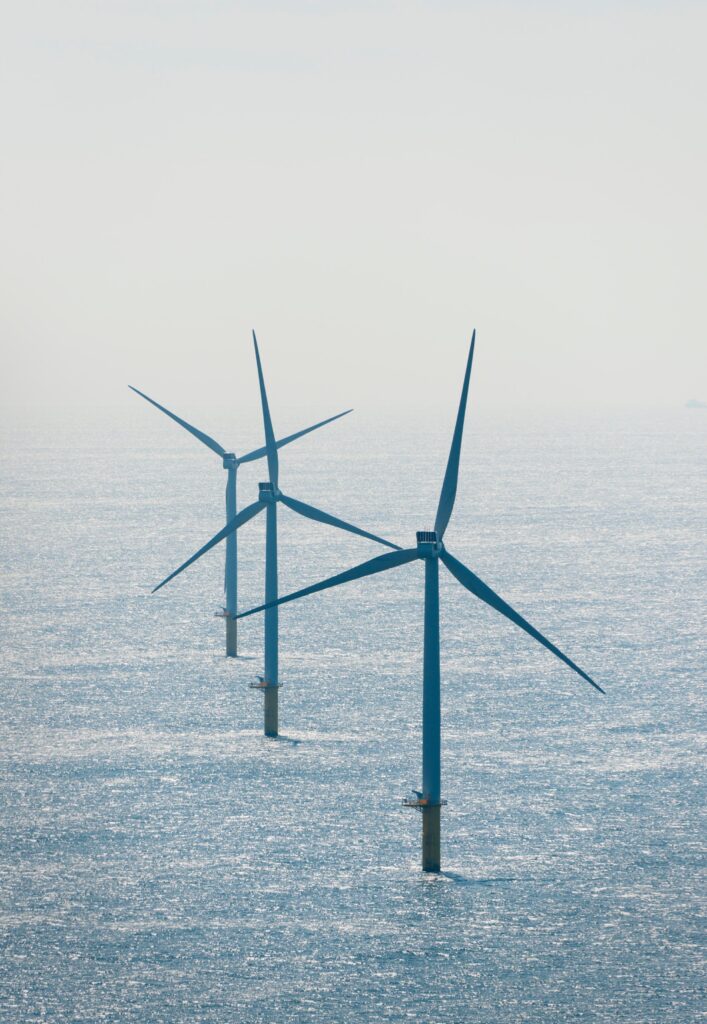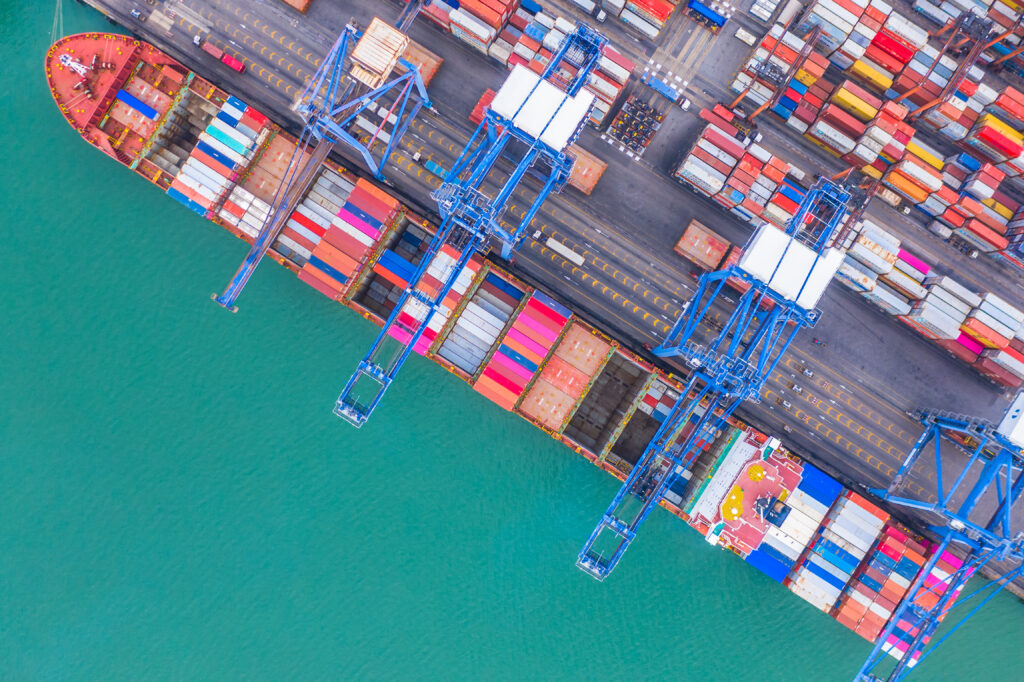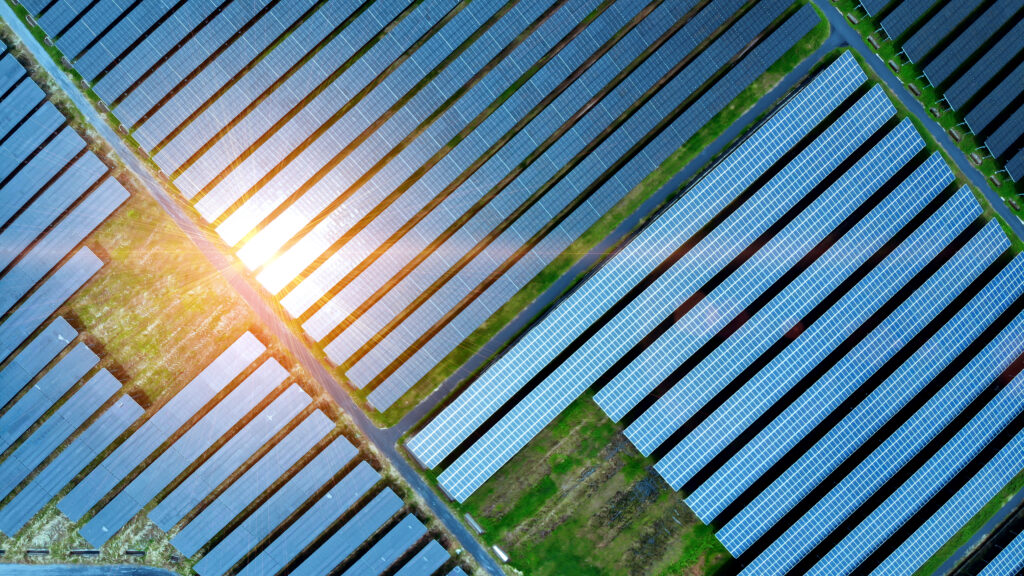New project fuels French RNG business’ US expansion
The signing of a new long-term agreement to upgrade landfill gas to RNG at the City of Beaumont Landfill in Texas is Waga Energy’s ninth US project as it continues its expansion in North America.
On 4 June, Waga Energy announced that it had signed an agreement with OCI Global, a company currently building low carbon ammonia facility Texas Blue Clean Ammonia. Under the agreement OCI Global will own the RNG produced from the Beaumont landfill, while Waga Energy will build, own, operate and maintain its patented WAGABOX unit through a gas upgrading service contract.
“Our original market was France, but we have now signed nine projects in the USA and one is already delivered, in Steuben County, NY, which opened three months ago,” Waga Energy CFO Jean-Michel Thibaud told Infralogic.
With the Texas project the first of its kind in the United States, Waga Energy expects this business model to be replicated to address numerous landfills with the potential to produce RNG and could take advantage of project finance and potential farm down opportunities in the future, as it seeks to expand across multiple jurisdictions.
A world of opportunities
Waga Energy estimates there are 20,000 landfills worldwide – with 2,700 in the USA and 270 in Canada, meaning that there is a wealth of opportunities for the company to expand in North America, according to the CFO.
To date, the company has installed 24 of its WAGABOX units globally since 2017, in France, Spain, Canada and the USA.
“Waga Energy is trying to balance the very high number of countries and opportunities and we’re not trying to overstretch our efforts,” Thibaud told Infralogic, adding that the firm is targeting a limited number of countries, such as Italy and the UK, as future prospective markets.
The company originates projects through various situations, including through competitive RFPs. The Steuben County project was a unit that Waga Energy won in a public tender with the county as a local authority counterpart. When some customers are ready to contract on a bilateral basis that’s possible too.
Waga Energy has around 160 projects in the pipeline worldwide, half of them in North America, with 13 units under construction, eight of them in the USA, where the WAGABOX units have a larger capacity and the average size of a project is much larger than in other markets.
The majority of projects cost between USD 15m-20m per unit, but very large-scale units can cost up to USD 30m, Thibaud said. European units require smaller investments, but they do not take into their capex the balance of plants.
“Some competitors in the US try and purify landfill gas to transform into biogas, but Waga Energy’s technology means our conversion rate into biomethane is 90% of whatever the composition of the upstream gas will be, even taking into account that the composition of the landfills is unstable, and depends on the contents, the means of storage, weather, humidity, and other factors,” Thibaud said.
Waga Energy transforms pollution into a resource by taking landfill gas emissions and turning them into “biomethane.” The company cites the positive effect the process has on climate change because it purifies the gas to transform it into 98% pure methane that can be directly injected into the gas grid and reused.
The company has a 96% availability rate for its currently installed capacity and signs long-term contracts with offtakers for its biomethane. This model offers very predictable cash flows, making the projects perfect for project finance funding, Thibaud said.
Infrastructure finance potential
In January 2020, France-based infrastructure asset manager Meridiam invested in two of the company’s first landfill gas-to-biomethane units, which cost EUR 3m each, and remains invested in the firm.
In February this year, Waga obtained a USD 60m financing package from Paris, France-based Eiffel Investment Group to finance the construction of four renewable natural gas production units in the US.
“The company has been speaking to banks or funds about financing but not for just one project, which wouldn’t be as feasible – three or four projects are required to have sufficient scale to attract financing,” Thibaud said, adding that he was in New York City three weeks ago with the company’s CEO Mathieu Lefebvre, getting a sense of where the market is and who has appetite to support their projects.
Waga is strongly considering carrying out farm-down transactions, in which Waga Energy would keep the majority of the vehicle, and investigating whether they should do that with its North American assets or some of its European assets, Thibaud said. The timing wouldn’t be the same, as there are more units in Europe, so any American farm down would likely come later, he said.
“The assets have predictable cash flow patterns, which could interest infrastructure funds and insurance companies. Waga Energy is not in the market now but has spoken to market actors and they understand there is a lot of appetite for these kinds of assets. Renewables have a lot of traction in the market and Waga Energy’s technology brings an even more predictable element, as there’s no intermittency and gas emissions are predictable from the landfills,” according to Thibaud.
Company leaders would like to confirm the eligibility of the Waga Energy-produced biogas for an ITC mechanism, which could help them develop biogas production activity further, Thibaud said.
On track for positive performance
In 2023, the company’s topline revenue growth was up 74%, at EUR 33m (USD 35.4m), according to the company’s FY23 results presentation.
“The current financial guidance will see that multiply by six to reach EUR 200m in revenues in 2026,” Thibaud said.
EBITDA in 2023 was EUR -4.8m, but Thibaud said that Waga is mindful of its EBITDA and expects to break even in the course of 2025.
Typically, the offtakers for the gas are large oil and gas companies as well as some industrial users and some trading houses. The company signs long-term agreements of up to twenty years, taking into consideration price and the quality of the counterparty.
“We amortize the cost of a WAGABOX unit on a 25-year term but can maintain them to be operated for longer periods. We have experience from the previous company from which Waga Energy was spun off, Air Liquide, of how long the equipment used to build the box last and believe that is longer than 25 years,” he said.
Thibaud said that the founders of the company still have a 25% shareholding in the business and they’re happy with the capital structure and have full equity for 2026 guidance.
The equipment used in the WAGABOX is a mix of French and Canadian components. The company works with subcontractors to produce the parts and then assembles the units in France, Canada and the USA.










